Prologue
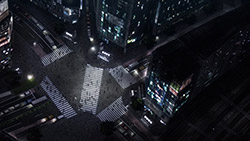 |
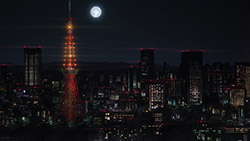 |
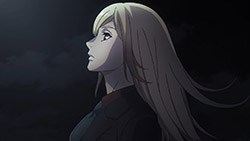 |
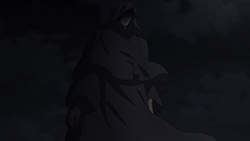 |
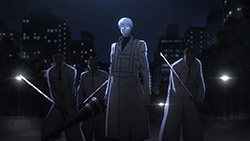 |
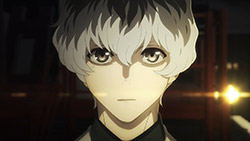 |
OP Sequence
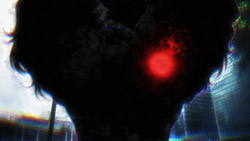 |
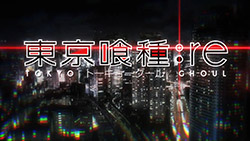 |
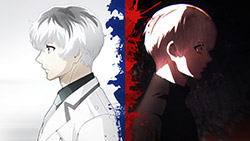 |
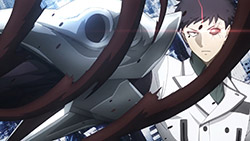 |
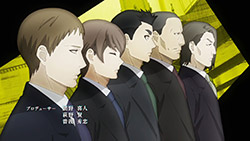 |
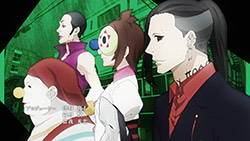 |
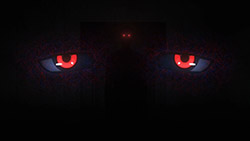 |
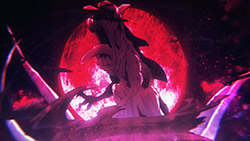 |
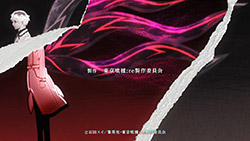 |
OP: 「asphyxia」by CöshuNie
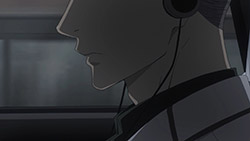 |
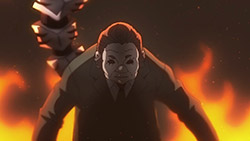 |
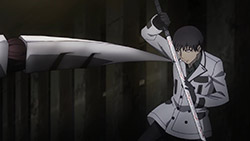 |
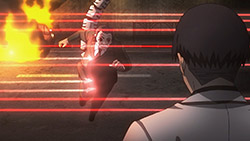 |
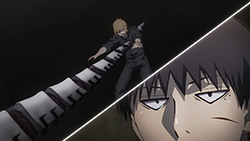 |
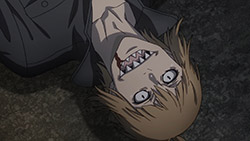 |
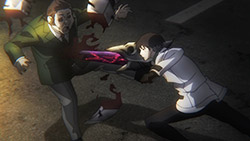 |
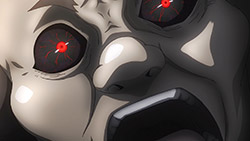 |
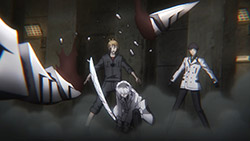 |
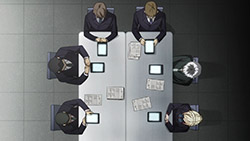 |
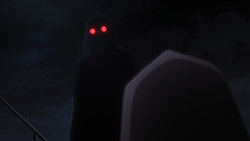 |
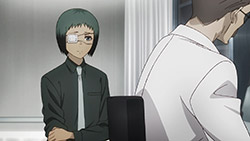 |
 |
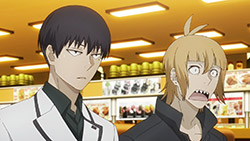 |
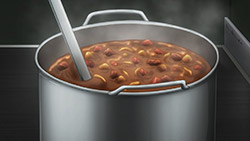 |
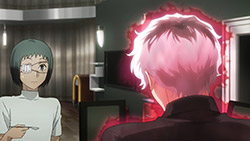 |
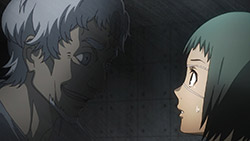 |
 |
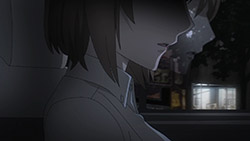 |
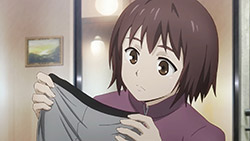 |
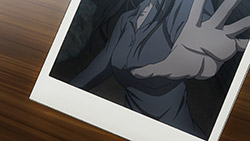 |
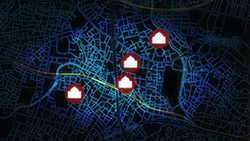 |
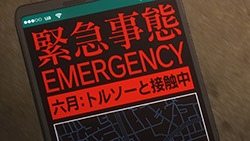 |
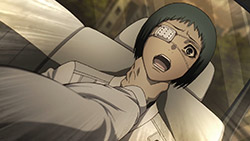 |
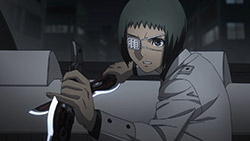 |
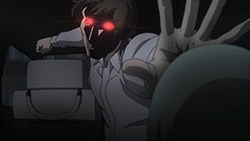 |
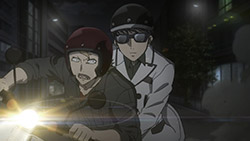 |
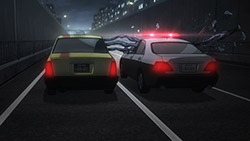 |
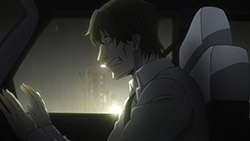 |
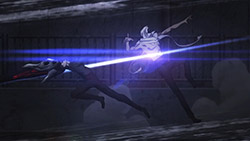 |
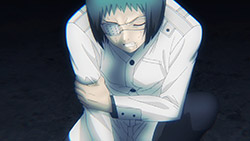 |
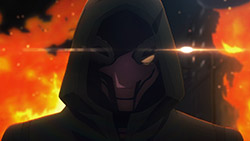 |
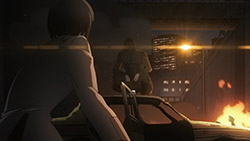 |
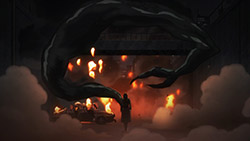 |
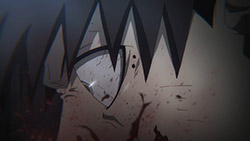 |
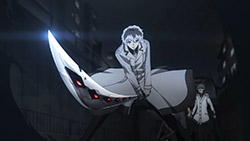 |
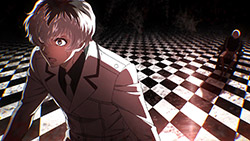 |
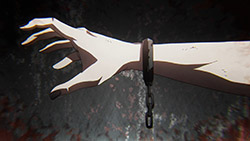 |
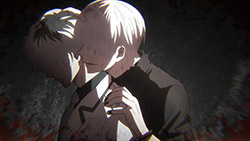 |
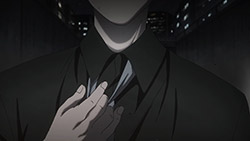 |
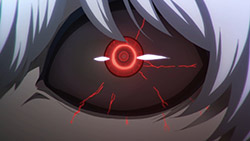 |
 |
“Those Who Hunt: START”
Introduction
“I’m not the protagonist of a novel, or anything. I’m a college student who likes to read, like you can find anywhere. But if for argument’s sake, you were to write a story with me in the lead role, it would certainly be a tragedy…”
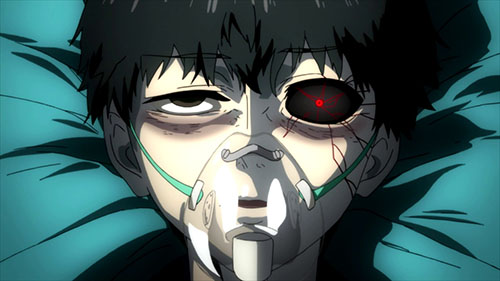 |
|
Let the curtains rise |
What lays behind the mainstream appeal of a popular series like Tokyo Ghoul? If I had to answer that for myself, the series is framed in the quintessential form of a tragedy, and does well to properly explore the genre within a defined medium. I absolutely love the variety of literary inspirations that flow through Tokyo Ghoul’s veins, because it imparts a great deal of figurative beauty that makes it oh so emotionally intense!
Kaneki is a tragic hero, who repeatedly exhibits his fatal flaw, while suffering extreme reversals of fortune. When confronted by hopelessness and despair, he continues relying on solely himself, rather than having faith in his loved ones. But these are merely the hallmarks of a Greek tragedy. In actuality, Kaneki’s predicaments go far beyond such a scope. Exhibiting introspective sensitivity atypical of a traditional Japanese protagonist, I would compare his characterisation with that of Hamlet, Prince of Denmark. Both are poetic in philosophising their respective plights, and express every spectrum of emotion mayhem, as they experience excruciating ordeals. From human to ghoul, and ghoul to the death of his ego, the inherent tragedy of Kaneki’s life reverberates powerfully through our conscience. His intense suffering and pain is artistically rendered, and it feels so damn beautiful, despite the sheer terror of it all – even till the very end.
As we start off the sequel, what new dawn is Tokyo Ghoul:re looking to bring? With the curtains rising upon a new spectacle, let us jump in, and have a look at what this fresh premiere sets out to achieve.
Initial Impressions
Following the time skip, this first episode felt like an induction, looking to establish three things. Firstly, “Sasaki Haise” (Hanae Natsuki), who acts like an alter ego to Ken Kaneki. Secondly, the Quinx Squad that Sasaki leads, where we’re introduced to new individuals like Urie, Shirazu and Mutsuki. Thirdly, an investigative storyline tying the aforementioned together, featuring a serial-murderering Ghoul named “Torso”.
There were enough interactions that allowed us to get a feel for the Quinx Squad. Kuki Urie (Ishikawa Kaito) dislikes how Sasaki is his superior, and has no qualms manipulating his fellow squad mates, to try and accomplish an ulterior goal relating to power. Ginshi Shirazu (Uchida Yuuma) might seem lackadaisical, seeing how he disregards personal safety. But we can see that he desperately needs money, which spurred him into joining Quinx, in spite of the gruesome experimentations his body would undergo. These two won’t hesitate to disobey Sasaki’s orders, if it means coming one step closer to attaining their objectives. Tooru Mutsuki (Fujiwara Natsumi) has a phobia of blood, which greatly impedes their ability to utilise the Qinque, that has been built into all members of the Quinx squad. But unlike the previous two, Mutsuki exhibits a dependency on Sasaki, which helps to vary up the group dynamic. So far, everyone offers distinct and interesting personalities. This makes me curious to see more of their backstory, which would help explain their individual particularities. But until these further developments come, the Quinx Squad will remain as vague and unfamiliar entities that we lack emotional attachment towards, who just so happen to be Sasaki Haise’s subordinates.
Speaking of Sasaki Haise, I believe he’s not a mere placeholder for Kaneki, even if many fans see him as such. He’s an intriguing personality in his own right, who embodies a new twist on core values like loyalty and dedication, while bringing a new set of dilemmas to the table. Regarding the inner conflict between two separate personalities, I’m getting impressions of Dr Jekyll and Mr Hyde. Sasaki is a guise of rationality, while Kaneki is an apparition of unbridled instinct that lies below the surface. To that end, Sasaki wears a mask of stability, binding Kaneki in the shackles of Jason’s torture room, afraid of letting this Ghoul side break free. However, upon facing an overwhelming adversary who threatens the Quinx Squad’s safety, Sasaki begins to lose control. Siphoning power from the corruption within, he seeks to protect his teammates from that which endangers their existence. Looks like it’ll come down to an epic battle between Ghouls, that will highlight Sasaki’s struggle to establish psychological control.
While I expect that many fans would like to see Kaneki return as soon as possible, I’m perfectly content at seeing this inner turmoil play out, and how it will violently tear away at Sasaki’s consciousness. After all, who doesn’t have a morbid fascination, when it comes to seeing Ken Kaneki suffer?
Concluding Thoughts
Though the underlying premise remained excellent, largely thanks to Ishida Sui’s genius, the execution by Pierrot did not seem quite so sharp. The first episode was by no means bad, but there were many places that could be improved upon. For example, 12 episodes seems rather short for this particular adaptation, and I think it showed, given how the pacing felt rushed. Although some modern usage of photographic effects were pleasant to the eyes, it was arguably used as a crutch in various scenes, leading to inconsistencies between shot compositions. This was the most prominent when it came to the road blockade scenes, where optical effects like smoke, a shallow depth of field and lighting gradients heavily obscured losses of detail. In short, a few moments were visually cluttered, the cuts between scenes were jarring, and I could only conclude that the editing was subpar.
Incidentally, Shuhei Morita threw in the towel, and will no longer preside over the series with his directorial prowess. In a Reddit AMA, he claimed that both Ishida and himself were on the same page on Root A, but their unified visions were destroyed at the hands of corporate meddling. While I wasn’t a huge fan of the way that Root A concluded, I deeply sympathise with the situation they faced. However, whether Morita would have actually made a difference today is anyone’s guess.
With a new director at the helm, could it be that these issues are simply teething problems? For the sake of Tokyo Ghoul fans all around the world, I’d certainly hope so. Nevertheless, I’ll temper my expectations until I’m given a true cause to be properly excited once again.
ED Sequence
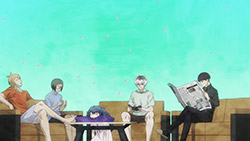 |
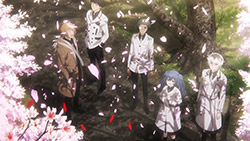 |
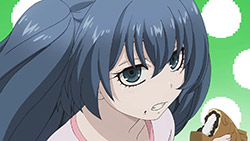 |
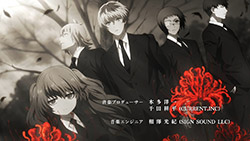 |
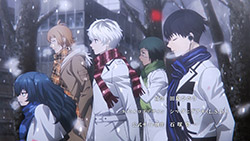 |
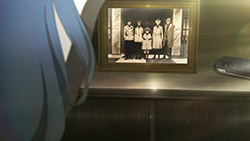 |
ED: 「HALF」by Jooubachi (女王蜂)
Preview
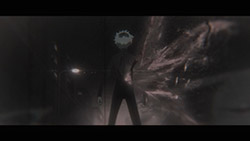 |
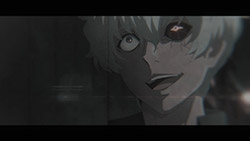 |
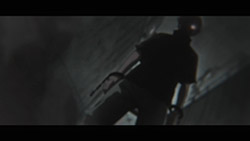 |
Epilogue
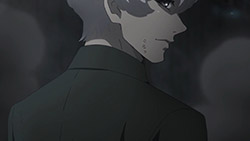 |

The AMA excerpt where Morita Shuhei claimed higher-up meddling caused Root A’s shortcomings:
Q : A lot of people criticize your directing decisions for Tokyo Ghoul, if anything what do you think people do not understand when criticizing your decisions? In other words, what is your response to the criticism of not following the manga, etc.
A: In order to complete Tokyo Ghoul √A’s aim of Kaneki joining Aogiri, we needed to make some changes. Ishida-sensei also urged me to change stuff and go a different route, which is where a lot of the (Root A) anime came from. We had a massive bubble of ideas, but as to not affect the lore of the original manga, it constantly felt like those ideas were being chipped away at by those above me. I tried my best, and I honestly don’t have any regrets given the movement space I was allowed.
The question would be who exactly these higher ups were. Presumably they’d be parties most invested in/fans of the source manga’s story, likely making them either Ghoul’s publishers or Pierrot executives who were Ghoul manga fanboys.
Most likely producers who would be raking in the money from merchandising and increased manga sales
Poor guy. It’s not bad to have some editorializing (sometimes good editorial feedback goes a long way), but you really could see the effects of it when it came to √A.
Granted, it seems thus far that they’re animating the good arcs from :re. (I admit, I dropped the manga toward the middle because the plot got way too convoluted and aggravating.)
I wonder how the anime will touch on Scarecrow
Probably not, considering how late it was before the good stuff with Scarecrow happened. Here’s hoping for more seasons.
Scarecrow does pop up and do things even before the later arcs. But as Scarecrow isn’t one to indulge in spotlight they won’t show themselves directly.
Show Spoiler ▼
Well, I hope Ishida can explain Scarecrow’s existence in the anime, and I hope there isn’t a “scary” face under that mask.
I don’t get why the first 30 secs and the OP had to spoil stuff 100 chaps in advance rofl.
https://randomc.net/image/Tokyo%20Ghoul/Tokyo%20Ghoul%20re%20-%2001%20-%20Large%2019.jpg
If there is any primary reason why I will be tuning in, it’s Hinami.
Only having watched the first anime series so far, if I understood correctly this is basically a sequel to something that has never been animated? So confusing.
I similar situation where I only watched first series and I too was confused by the time skip. I hope that can explained why they joined and where are other characters are.
Some of us have read the manga so if anyone needs to know it’s probably best to ask. Wikis and the like would have spoilers for Re’s later arcs.
They’ve added some nice touches to the first episode, like the poster that shows Hide is missing.
I’m hoping they don’t rush things and if they do go through a chunk only go up to a certain arc involving Tsukiyama’s family.
Needs more Yonebayashi. At least there’s a lot of shots of her in the ED.
Oh this pacing screams, ‘This series is going to be just as much of a mess as the other two by the end’ already.
I’m tuning out from this, I’ll watch when it’s all out because nothing is going to be enjoyable about watching the most haphazard storytelling unfold on a weekly basis.
D.Gray-man Giant Akuma??
https://randomc.net/image/Tokyo%20Ghoul/Tokyo%20Ghoul%20re%20-%2001%20-%2008.jpg
This first ep was really disappointing. The pacing felt really fast and out of place. These early part in the manga could’ve at least been done in 2 episodes. Was this confirmed as 12 eps only?
Do you need to have watched the second season to understand this season?
I only watched the first season, dropped season 2 after 1-2 episodes as I didn’t like the direction they were taking it… but interested in watching this 3rd season.